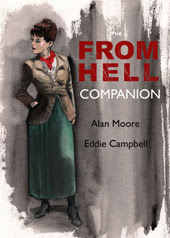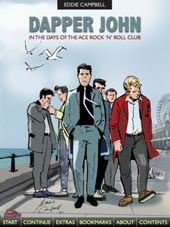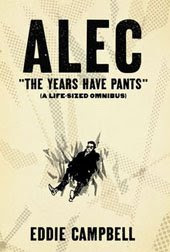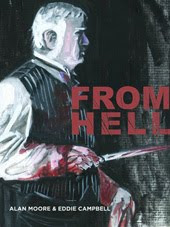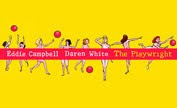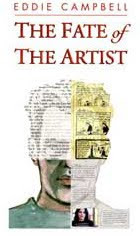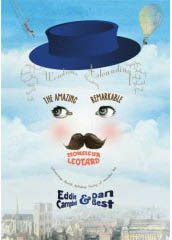Things.

Big Thanks to Marcus Gipps for sending me the three little books by Barnaby Richards, whose work I mentioned here on Dec 6th, but only from second hand knowledge since I hadn’t actually handled one of his books at that date. The books are small, about the length and width of the palm of my hand (A6). Their titles are: 20 Enchanting Things, 20 Scary Things, and 20 Artistic Things. These are lovely little objects that take me back to the mini-comics of the early ‘80s. The essential aesthetic of mini-comics is the simplest possible expression of an idea. Here’s the cover (pleasingly matt) and a page from 20 Artistic things. I like the muse idly admiring herself. These are all marvellous little books in the same style, with a series of witty observations around a theme. There’s no address on them except an email: barnabyrichards@hotmail.com

They connect with a query in comments from Andrew on 14 dec.
“I just picked up Fate of the Artist and it provoked a debate: Are comics necessarily narrative? Something you mentioned about single panel comics still being comics brought this off.”
I would no longer wish to argue about what is and isn’t comics. That would be futile, but I have noticed a growing conservatism in that department over the years. The process has been reductive rather than expansive. In the ealy ‘80s, in the heyday of Raw, we would have been too busy enjoying it all to split hairs over, say, what medium Richards was working in when he made the little books above. The business about ‘who is to be allowed in’ probably starts with McCloud’s Understanding Comics. McCloud was the minicomics king and his every little booklet was as pleasingly odd as the those mentioned above ('Some words Albert Likes" was a favourite of mine). He was also the great inventor, with Five Card Nancy etc. But 'twas he, or so I'll pretend for the purpose of this rant, who invented the idea that it is worthwhile to argue about whether a thing is or isn't a comic. He excluded single panel comics and then fought for the inclusion of digital comics.
Personally I have never equated comics wholly and exclusively with sequential art, but it has become a foundation stone in what is turning out to be an 'academy' of the comics world. Thus you find The National Association of Comics Art Educators: ”Comics, An emerging medium: Sequential art is pictorial storytelling. Its most widely recognized form is comics…” If you listen you can hear an intimidating edifice of rules and terminological complexity being built.
The point of my Dec 6th essay was to say: I like the way ‘graphic novel’ is regarded as just another illustrated book (in the two situations examined), not an autonomous art-form, inviting us to take a mental sidestep around all the obfuscation that is swiftly becoming the order of the day (is The Complete Peanuts: study guide likely to render that strip, the simplest and most perfect of all strips, more lucid?). And I thought, what if I avoid using, as I did in my discussion of Shaun Tan’s The Arrival, the official terminology of the comic-book academy, such as ‘panel’, when the much more commonplace and easily understandable ‘picture’ is more readily to hand (and never mind ‘closure’ or ‘aspect to aspect transition’). Just to be stubborn.
I'm sure somebody somewhere is already misinterpreting the above as an anti-intellectual rant, and ending with this ain't gonna persuade them otherwise (It's also from Andrew. he's been a busy bee tonight):

That's Moore and Campbell in the Simpsons comic book (slightly doctored, with a new word balloon). See yesterday's post, and go check out the tree-house of horrors if you haven't read their lampoon of From Hell.
* * * *
The Ripper Files, Part 4
(By hayley campbell, age 7, 1993, see previous posts for background)



















